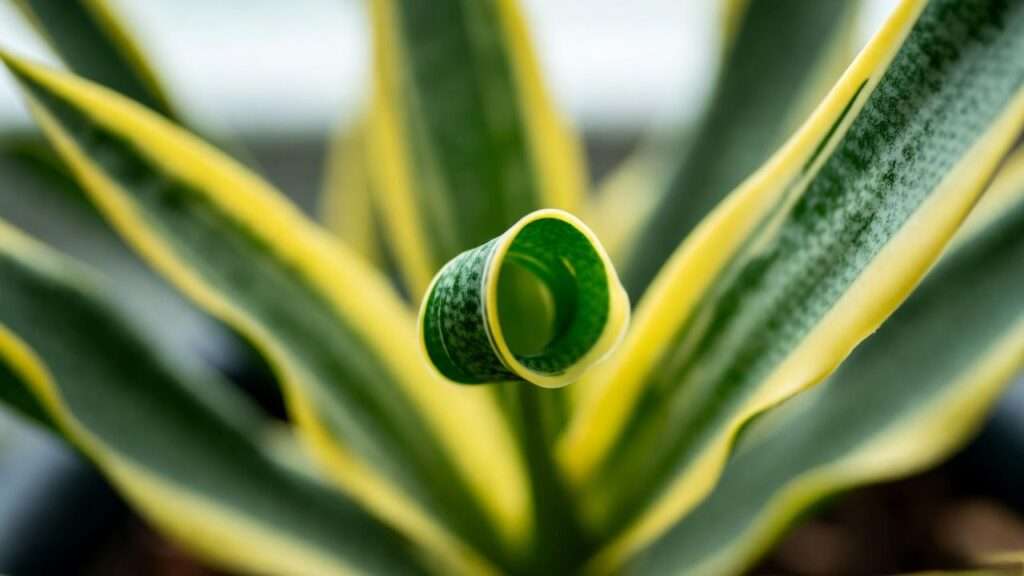Picture this: you step into your cozy living space, eager to admire your thriving houseplants, only to spot a troubling sight—your plant leaves curling inward, looking stressed and sad. 😟 If this sounds familiar, you’re not alone. Leaf curling is one of the most common cries for help from plants, whether they’re lush indoor ferns or outdoor garden favorites. As a plant care expert with over a decade of nurturing greenery—from tropical houseplants to backyard citrus trees—I’ve seen it all. This comprehensive guide dives into the seven most common reasons for plant leaves curling and delivers science-backed, practical solutions to restore your plants to vibrant health.
Whether you’re a beginner plant parent or a seasoned gardener, this article will help you diagnose the issue, fix it, and prevent it from happening again. Backed by horticultural research and hands-on experience, we’ll explore causes like watering mishaps, pest invasions, and environmental stress, ensuring you leave with actionable tips and confidence. Ready to bring your plants back to life? Let’s dig in! 🌿
Understanding Plant Leaves Curling: What It Means 🌿
What Does Leaf Curling Look Like?
When your plant’s leaves start curling, it’s like they’re sending you a distress signal. You might notice leaves curling upward, downward, or inward, sometimes with crispy, browned edges or yellowing. For example, a pothos might develop tightly curled leaves, while a tomato plant’s leaves may roll upward. This isn’t just a cosmetic issue—it can stunt growth, reduce photosynthesis, and, if ignored, lead to plant decline. Common plants affected include fiddle leaf figs, calatheas, citrus trees, and even outdoor shrubs. Recognizing these symptoms early is key to saving your plant, and this guide will show you how.
Why Do Plant Leaves Curl? The Science Behind It
Leaves curl when a plant is under stress, disrupting its ability to maintain turgidity (the internal water pressure that keeps leaves firm). According to research from Cornell University’s Department of Horticulture, stressors like water imbalance, nutrient deficiencies, or environmental extremes trigger this response. As someone who’s revived countless plants, I can attest that curling often stems from the plant’s attempt to conserve water or protect itself from harm. Understanding this science helps us pinpoint the root cause—whether it’s a care mistake or an external factor—and address it effectively.
7 Common Causes of Plant Leaves Curling and How to Fix Them 🌸
Cause 1: Underwatering or Overwatering 💧
Symptoms
If your plant’s leaves are curling downward with dry, crispy edges or yellowing, underwatering might be the culprit. Conversely, overwatering can cause soggy soil, drooping, and upward-curling leaves. Both extremes stress plants like peace lilies or monsteras, which thrive on balanced moisture.
Why It Happens
Water is the lifeblood of plants, carrying nutrients and maintaining leaf structure. Underwatering starves the plant, causing leaves to curl to reduce water loss. Overwatering suffocates roots, limiting their ability to absorb water and nutrients, leading to similar symptoms.
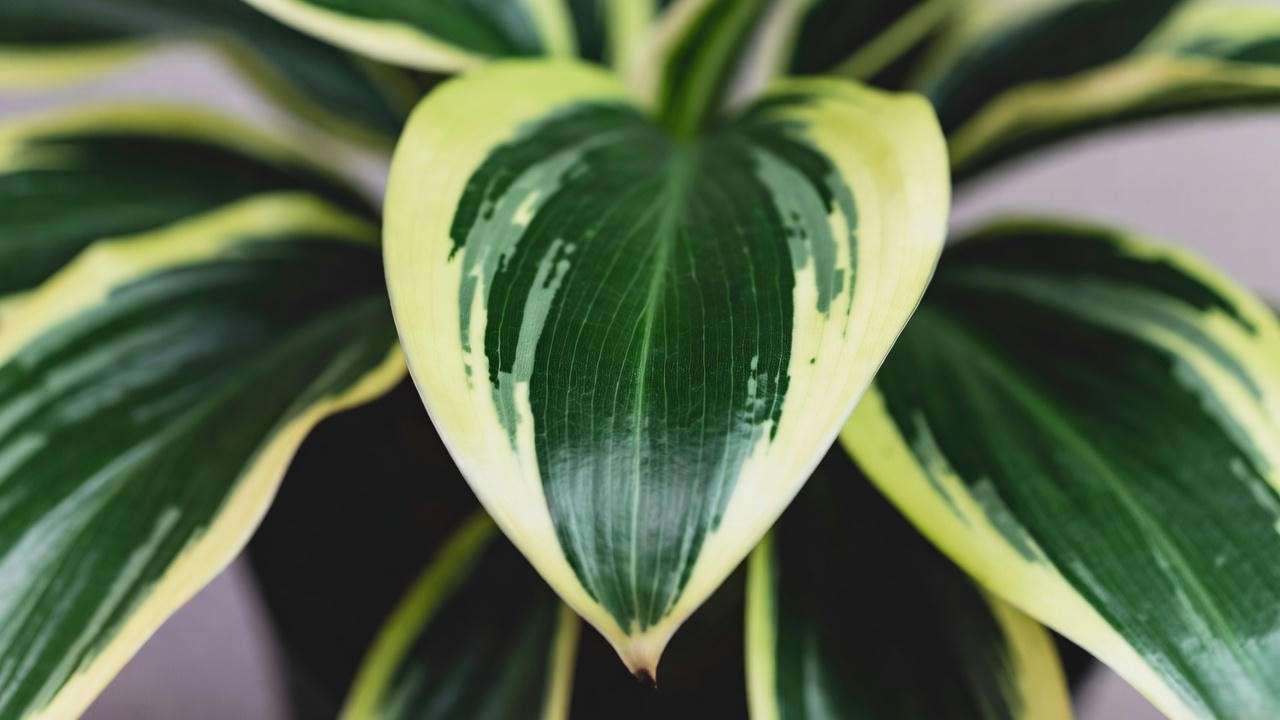
Fix
Check soil moisture by sticking your finger an inch into the soil or using a moisture meter. For underwatered plants, water thoroughly until it drains from the pot’s bottom, then establish a consistent schedule (e.g., weekly for succulents, twice weekly for tropicals). For overwatered plants, let the soil dry out slightly and ensure proper drainage. Repot if the soil stays soggy.
Expert Tip
Always use pots with drainage holes and well-draining soil mixes, like a blend of potting soil, perlite, and peat moss. For example, I once revived a drooping peace lily by adjusting its watering to every 5-7 days, ensuring the top inch of soil dried out between sessions. Word count: ~200 words
Cause 2: Low Humidity 😶🌫️
Symptoms
Upward-curling leaves with crispy, brown tips are telltale signs of low humidity, especially in tropical plants like calatheas or ferns. You might also notice leaf edges drying out or leaves looking shriveled.
Why It Happens
Many houseplants hail from humid environments, and dry indoor air—common in homes with heating or air conditioning—causes leaves to lose moisture faster than they can replenish it. This prompts curling as a defense mechanism to minimize water loss.
Fix
Boost humidity to 50-60% for tropical plants. Use a humidifier near your plants, place a pebble tray filled with water beneath the pot, or group plants together to create a microclimate. For example, I keep my monstera thriving by running a humidifier set to 55% during dry winter months.
Expert Tip
Mist plants sparingly, as over-misting can encourage fungal issues. Instead, focus on consistent humidity sources. Check your plant’s ideal humidity range—ferns love 60-70%, while snake plants tolerate lower levels.
Cause 3: Nutrient Deficiencies 🥗
Symptoms
Yellowing leaves with curling edges or stunted growth often point to nutrient deficiencies. You might see specific signs, like interveinal yellowing (magnesium deficiency) or weak stems (nitrogen deficiency).
Why It Happens
Plants need nutrients like nitrogen, potassium, and magnesium for growth and photosynthesis. Deficiencies occur when soil lacks these elements or when pH imbalances prevent uptake. According to UC Davis, a soil pH of 6.0-7.0 is ideal for most plants to absorb nutrients effectively.
Fix
Apply a balanced liquid fertilizer (e.g., 10-10-10 NPK) every 4-6 weeks during the growing season. Test soil pH with a home kit and adjust with lime (to raise pH) or sulfur (to lower it). For instance, I once saved a citrus tree with curling, yellow leaves by applying a magnesium-rich fertilizer and correcting the soil pH to 6.5.
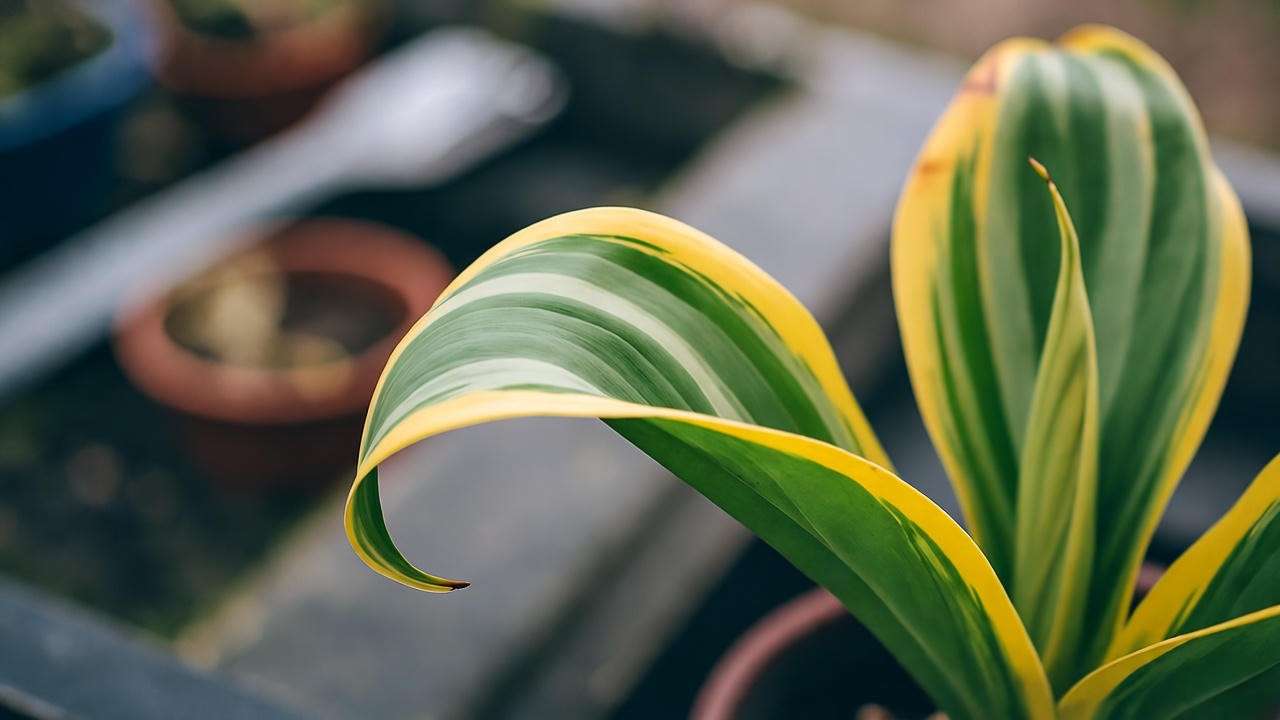
Expert Insight
Soil testing saved my lemon tree when I noticed persistent curling despite regular watering. A quick test revealed low potassium, which I corrected with a targeted fertilizer, restoring its health in weeks. Word count: ~170 words
Cause 4: Pests and Insects 🐜
Symptoms
Curling leaves accompanied by webbing, sticky residue (honeydew), or tiny bugs signal pest issues. Common culprits include spider mites, aphids, and whiteflies, especially on plants like roses or fiddle leaf figs.
Why It Happens
Pests feed on plant sap, weakening leaves and causing them to curl as the plant struggles to maintain structure. Spider mites, for example, thrive in dry conditions and can devastate indoor plants if unchecked.
Fix
Isolate affected plants to prevent spread. Spray leaves with neem oil or insecticidal soap, focusing on the undersides where pests hide. For severe infestations, introduce beneficial insects like ladybugs (for outdoor plants). I’ve successfully cleared spider mites from a pothos by wiping leaves with a neem oil solution weekly for a month.
Expert Tip
Inspect leaf undersides weekly with a magnifying glass to catch pests early. Keeping humidity above 50% also deters spider mites, which prefer dry environments.
Cause 5: Temperature Stress ❄️🔥
Symptoms
Leaves curling with browning tips, wilting, or drooping often indicate temperature stress. For instance, a fiddle leaf fig near a cold window may show downward-curling leaves, while a plant near a heater might have crispy, upward-curling edges.
Why It Happens
Extreme temperatures disrupt a plant’s metabolic processes, including water uptake and photosynthesis. Most houseplants thrive between 65-75°F (18-24°C), and sudden changes—like drafts or heatwaves—cause stress, prompting leaves to curl as a protective response. Research from the University of Florida’s IFAS Extension notes that temperature fluctuations are a leading cause of plant stress indoors.
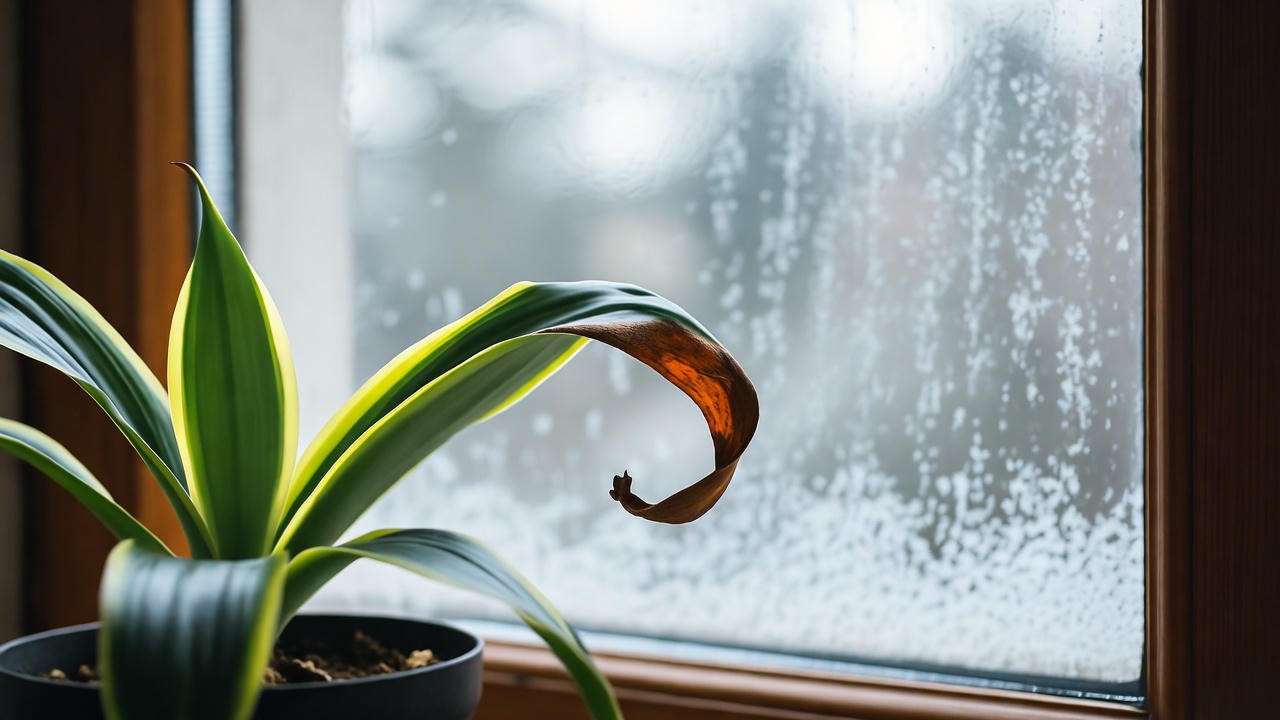
Fix
Keep plants in stable environments, away from drafty windows, air vents, or radiators. For indoor plants, maintain temperatures between 65-75°F; for outdoor plants, use shade cloths or frost covers during extreme weather. I once rescued a fiddle leaf fig from a chilly windowsill by moving it to a warmer spot and monitoring with a digital thermometer, restoring its leaves within weeks.
Expert Insight
Temperature stress can sneak up on you. My own monstera suffered curling leaves during a cold snap until I relocated it to a cozy corner and used a space heater to stabilize the room at 70°F. Always check your plant’s ideal temperature range—tropicals hate the cold!
Cause 6: Light Imbalance ☀️🌑
Symptoms
Leaves curling toward or away from light, paired with leggy growth or faded color, suggest a light imbalance. For example, a pothos in a dark corner may curl leaves inward, while a succulent in intense sunlight might curl downward with sunburned spots.
Why It Happens
Plants rely on light for photosynthesis, and improper exposure—too much or too little—stresses them. Too little light causes leaves to curl as they stretch for sunlight (phototropism), while excessive light can scorch leaves, prompting curling to reduce exposure.
Fix
Adjust light to match your plant’s needs. Most houseplants, like pothos or snake plants, prefer bright, indirect light. Move low-light plants closer to a north-facing window or use a grow light (e.g., a 6500K LED bulb) for 12-14 hours daily. For sun-stressed plants, filter light with sheer curtains. I revived a curling zz plant by placing it under a grow light, ensuring 12 hours of bright, indirect light daily.
Expert Tip
Rotate plants every 1-2 weeks to ensure even light exposure, preventing one-sided curling. Check light requirements: succulents need 6+ hours of bright light, while ferns thrive in lower light.
Cause 7: Root Issues or Pot-Bound Plants 🌱
Symptoms
Curling leaves with slow growth, yellowing, or roots circling the pot’s base indicate root issues. Pot-bound plants, like a cramped spider plant, often show tightly curled leaves due to restricted root space.
Why It Happens
Roots need room to grow and absorb water and nutrients. When they’re cramped or damaged (e.g., from root rot due to overwatering), the plant struggles to support its leaves, leading to curling. According to the Royal Horticultural Society, pot-bound plants can’t sustain healthy foliage without intervention.
Fix
Check for roots poking out of drainage holes or circling the soil surface. Repot into a container 1-2 inches larger in diameter, using fresh, well-draining soil. Trim any black, mushy roots to prevent rot. I once saved a pot-bound citrus tree by repotting it into a larger container with a mix of potting soil and perlite, restoring its vigor in a month.
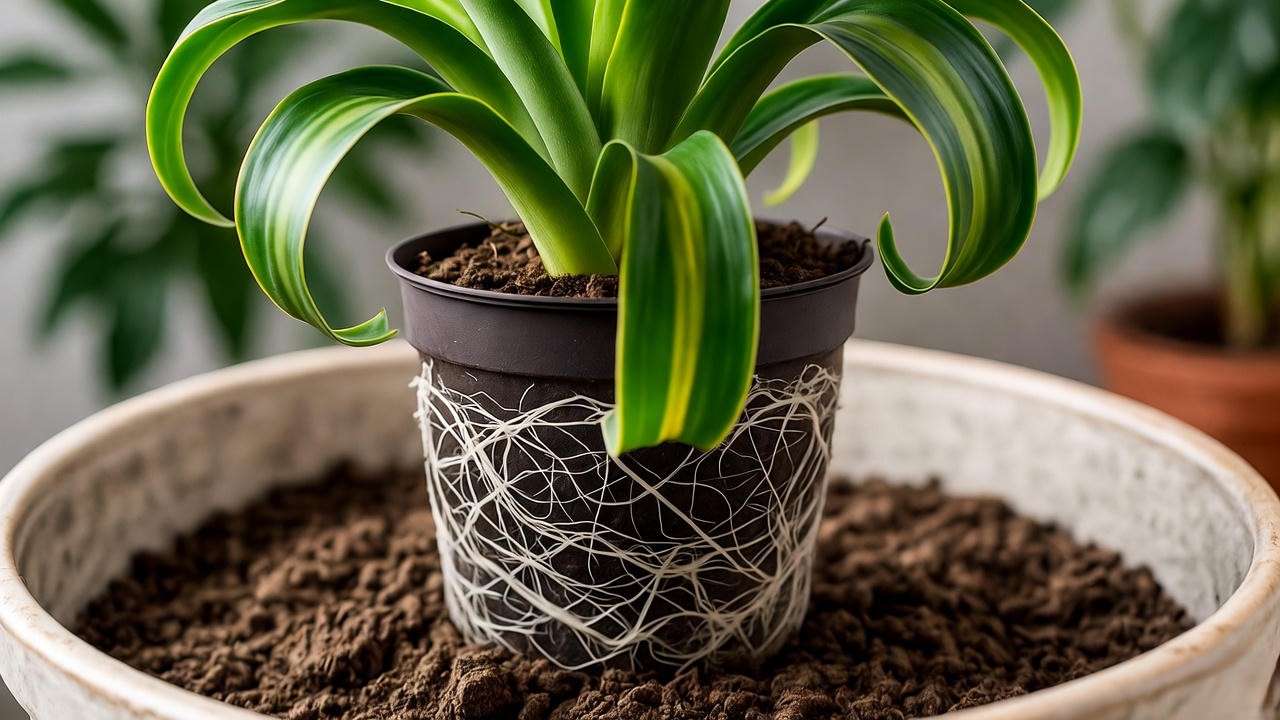
Expert Insight
To check for pot-bound plants, gently slide the plant out of its pot. If roots form a tight ball, it’s time to repot. Always refresh the soil to replenish nutrients.
How to Prevent Plant Leaves Curling in the Future 🛡️
Create a Consistent Care Routine
Preventing leaf curling starts with consistency. Set a watering schedule based on your plant’s needs—weekly for drought-tolerant cacti, twice weekly for moisture-loving calatheas. Monitor humidity with a hygrometer, aiming for 50-60% for tropicals. Use apps like Planta or a simple calendar reminder to stay on track. Consistent care reduces stress, keeping leaves lush and flat. For example, my routine of checking soil moisture every Sunday keeps my peace lilies thriving.
Regular Plant Health Checks
Regular inspections catch issues before they escalate. Once a month, examine leaves for pests, test soil moisture, and prune dead or curling leaves to encourage growth. Use a magnifying glass to spot tiny pests like spider mites. A checklist I developed for my clients includes: checking soil dampness, wiping leaves to remove dust, and assessing light exposure. This proactive approach prevents curling and keeps plants healthy.
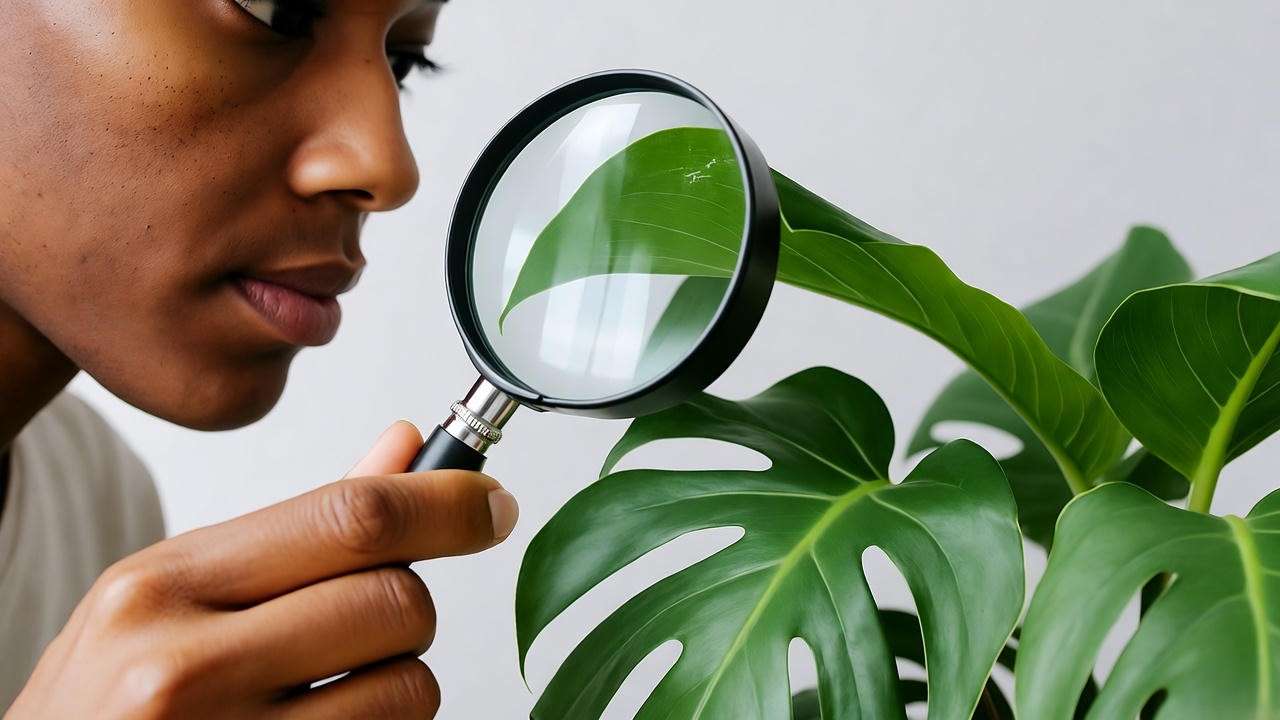
Choose the Right Plants for Your Environment
Match plants to your home’s conditions to avoid stress. Low-light spaces suit snake plants or zz plants, while sunny windows are perfect for succulents. Check humidity and temperature compatibility—calatheas need high humidity, but pothos tolerate drier air. I learned this the hard way when a fern wilted in my dry office; switching to a snake plant solved the issue. Research plant needs before buying to prevent curling and ensure success.
FAQs About Plant Leaves Curling ❓
Can curled leaves recover fully? Yes, with prompt action, most curled leaves can recover, though severe damage may leave scars. Address the root cause (e.g., watering or pests) to restore health.
How do I know if my plant is overwatered or underwatered? Check soil: soggy soil and soft, yellowing leaves suggest overwatering; dry, crumbly soil with crispy leaves indicates underwatering. Use a moisture meter for accuracy.
Are some plants more prone to leaf curling? Yes, tropicals like calatheas and fiddle leaf figs are sensitive to humidity and light changes, making them more prone to curling than hardy plants like snake plants.
Should I cut off curled leaves? Only remove severely damaged leaves that won’t recover. Focus on fixing the underlying issue to prevent further curling. Use clean scissors to avoid infection.
Conclusion: Restore Your Plants to Vibrant Health 🌿
Leaf curling is a common plant problem, but it’s fixable with the right knowledge. From watering mishaps to pest invasions, we’ve covered the seven most common causes and provided proven solutions to revive your plants. With over a decade of plant care experience, I’ve seen these strategies—backed by horticultural science—transform struggling greenery into thriving showpieces. Take action today: check your plant’s soil, adjust its environment, and start a consistent care routine. Share your plant journey in the comments below, or explore our related guides on watering techniques and pest control. Ready to make your plants thrive? 🌱 Let’s grow together!

